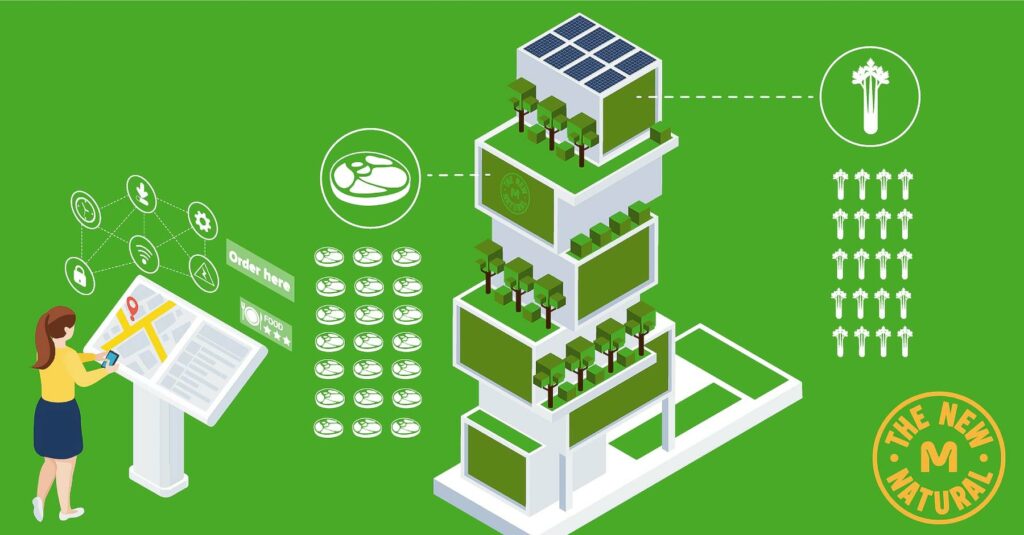When I first began working in the cultivated meat space, my mom asked me if I was having trouble finding a “real” job because what I was doing sounded pretty wild. But if you asked her today if she still thinks my job is science fiction, I can guarantee you that she’d say no.
To be fair, all those years ago, the cultivated meat idea was a little bit science fiction. And I don’t mean in the unrealistic holographic image and time portal sense. I mean in the sense that it seemed nearly impossible to bring to fruition. People had tried to grow burgers and other types of meat before, but they were met with incredible hurdles, including exorbitant amounts of material (and therefore, astronomical financial costs) required just to produce a quarter of a burger.
But when I met Dr. Mark Kotter, 5 years ago, I believed — and still believe — he has the key to producing high quality cultivated meat at scale and at affordable prices. Mark didn’t develop his technology to create food. He aimed to create a pure, reliable source of any type of stem cell a researcher could need to study treatments for human disease, from brain cancer to diabetes.
But I saw that his technology could be used in other ways, including in the cultivated meat industry. And I believed it could be the breakthrough that the cultivated meat industry needed.
But what made me passionate about cultivated meat in the first place? Why would anyone try so hard to make it work? It all comes down to humankind’s natural tendency to change our environment to make life better.
Change is natural – and necessary
Changing our environment to better ourselves is the most natural thing we do. We do it without thinking. It’s how we continue to adapt and evolve. It’s how we ensure not only our survival, but a higher quality to the years that we have.
The farming industry underwent a massive evolution in the early 1900s, starting with poultry. With our booming population, made possible by groundbreaking developments such as antibiotics and plumbing systems (and I bet the idea of having the toilet inside the house was pretty wild at first), we found that standard farming practices couldn’t keep up. A little over 200 years ago, there were 1 billion people in the world. That number has exploded to nearly 8 billion people today. We had to revolutionize farming to feed a population growing at such a fast rate — backyard farmers simply couldn’t keep up with demand.
Advances in technology enabled us to develop massive farms – not just for animals, but for fruits and vegetables, too. We could produce enough food to feed millions of people, and thanks to advances in transportation, people could have their favorite foods at any time of year.
But as we now know, this approach is no longer sustainable. The land and water use necessary to support industrial agriculture contributes at least 10% of the greenhouse gases released into the atmosphere each year by humans. Animals are crowded into small pens where they are pumped with antibiotics to make them fat and fed food that they would never eat in the wild. Such close quarters facilitated the spread of disease that at best lead to meat shortages and at worst contribute to crises similar to the current COVID-19 pandemic. And people of all economic and cultural backgrounds are increasingly demanding high-quality, humanely-produced meat.



